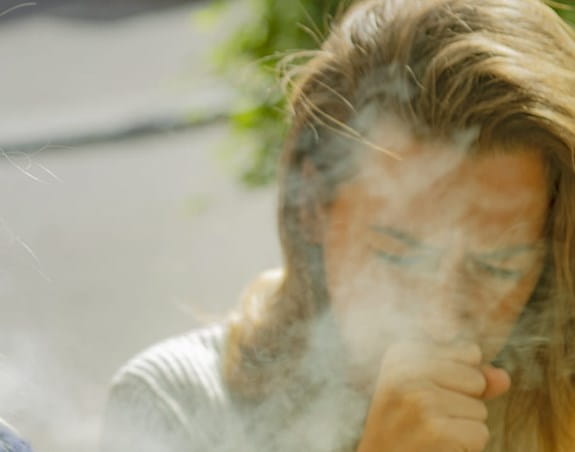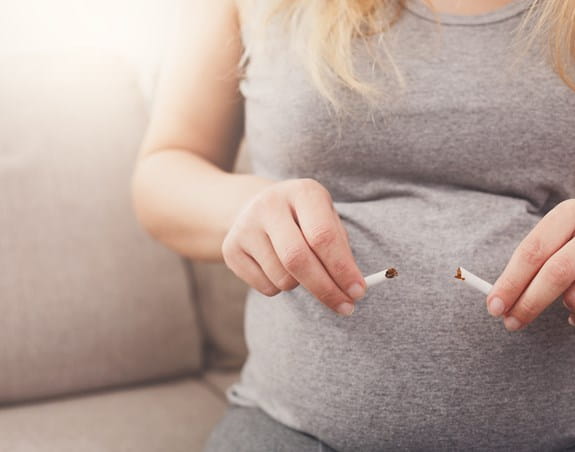What you need to know about second-hand smoke
What is second-hand smoke?
Second-hand smoke is what people breathe out and into the air when they smoke. It’s also the smoke that comes from a burning cigarette, cigar or pipe. When you’re around someone who smokes, you breathe in second-hand smoke.
Second-hand smoke has the same toxic chemicals in it as the tobacco smoke breathed in by a person who smokes. More than 70 chemicals in second-hand smoke have been shown to cause cancer in human studies or lab tests.
Any exposure to second-hand smoke can be harmful to your health.
How second-hand smoke affects you
- develop lung cancer or another lung disease
- have a higher risk for a heart attack or stroke
- have irritated skin, eyes, nose and throat
- develop worsened allergies or breathing problems like asthma

How second-hand smoke affects babies and children
Babies and children of parents who smoke are more likely to:
- weigh less than normal at birth or be born prematurely
- die from sudden infant death syndrome (SIDS)
- have breathing problems like wheezing and coughing
- develop ear infections
- have lung infections
- develop asthma that is more likely to be severe

Your trusted source for accurate cancer information
With support from readers like you, we can continue to provide the highest quality cancer information for over 100 types of cancer.
We’re here to ensure easy access to accurate cancer information for you and the millions of people who visit this website every year. But we can’t do it alone.
Every donation helps fund reliable cancer information, compassionate support services and the most promising research. Please give today because every contribution counts. Thank you.
